American Gods (Gaiman's Version)
How many versions of American Gods are there? What happens when you don't like the main character of a book? And what's up with all the merry-go-rounds?
*Note (2025): this podcast episode and accompanying newsletters were recorded and written prior to the sexual abuse allegations about Neil Gaiman. We do not support the author and his work — however, we do not believe in censorship either, so these posts will remain public.
Last week on The Novel Tea, we discussed American Gods by Neil Gaiman. While talking about the book, we realized that we had very different interpretations of certain characters and themes, and in fact, we may even have read different versions of the book.
In this newsletter, we’ll discuss different iterations of the novel, how the personality of the protagonist affects your reading experience, and the symbol of the carousel in literature and other media.
You are reading The Novel Tea Newsletter, companion to The Novel Tea Podcast, where you’ll find book reviews, thematic literary analysis, and cultural commentary to help you thoughtfully engage with the world.
New posts come out every Tuesday. If you enjoy reading our work, and want to show your appreciation for the time and effort we put into it, please consider subscribing and sharing our newsletter with others.
The Tenth Edition of American Gods
After reading American Gods by Neil Gaiman, Shruti and I realized that there were two versions of the book: the original text, and the tenth edition. The tenth edition is now widely referred to as the author’s “preferred” text, as Gaiman mentions in the foreword that this is his favorite version of the novel. Shruti and I had both read the original text.
The tenth edition novel contains 12,000 more words, some cosmetic changes, and a preface by Neil Gaiman himself. We can’t speak to the exact differences (you’d have to read both versions to really know) but most of these changes are minor, and irrelevant to the overarching plot of the story except for one intriguing addition where Shadow meets Jesus. If you read the original text like we did and are curious about some of the changes made, check out this link.
After 10 years of reveling in the success of his career from when the original text was published in 2001, did Neil Gaiman feel less inclined to take the recommendations and advice from others and released the tenth edition as the version he wanted from the start? Or was this a marketing tactic to increase sales of a book that was getting “old?” Should the author’s preferred text also be the reader’s preferred text?
I would have loved to read the author’s preferred text over the original because clearly, that is the version that the creator wants people to read. I walked away from this book with a very specific outlook, and part of me wonders if the small changes in the book are what affected my overall experience. Unless I make the effort to read the tenth edition, I won’t know the answer to this question. This may be something I will have to revisit in the future.
What do you think? Why should we hold the author’s preferred text at more value than the original text?
When Protagonists Aren’t Likeable: Shadow and Tristan
This section of the newsletter contains light spoilers for American Gods. If you haven’t read it yet, skip ahead!
Shadow, as a character in American Gods, never came around for me. He started as a mysterious but not selfish ex-con, which built my interest in wanting to find out who he was. With Laura’s appearances throughout the story, we get a little more out of his character and personality each time, and I think we are supposed to see Shadow as a whole during his surreal journey in the after-world at Odin’s funeral. But even in the climax of the book, Shadow’s behavior just didn’t satisfy me. I get into this more in our episode (listen to the full conversation here), but I was left disappointed, and wondered if I the reason didn’t love the book was because I didn’t like Shadow.
Upon further reflection, I realized there are many examples of books or movies with an unlikeable character that I walked away from still enjoying. The formula for a great book doesn’t need to mean a likable main character. You can create curiosity, interest, sympathy, jealousy, or even hatred to make the audience connect or root or just simply want to follow the protagonist on their journey.
Is Tony Stark a caring, sympathetic, kind soul who would sacrifice himself for the good of humanity? In the first three Iron Man movies… no, I quite hated him. But I still rooted for him, and his character growth eventually showed him to be exactly the type of superhero who would die for others. Some other examples of characters like these are Dr. House from House, M.D., Jaime Lannister from Game of Thrones, and Snape from Harry Potter.
Clearly, it is possible for me to love a story without loving one of the main characters, so what is it about Shadow that made him so difficult to appreciate? Was this just bad writing? Was there not enough room for character development in this almost 600-page novel? I had to figure out the answer to these questions, so I read Stardust by Neil Gaiman to investigate.
Stardust is a coming-of-age story about Tristan, a young and naïve man who promises to bring back a fallen star to the woman he loves. Little does Tristan know that this star is highly sought out by many others, and the journey ahead is much more complex than he thought. Tristan starts as a painfully shy, introverted boy and eventually becomes a confident and adventurous young adult whose only aim is to impress Victoria. He is earnest, hard-working, sympathetic, and determined. His growth is sudden, but fitting with the story and I enjoyed the read much more than I thought I would.

I think it comes down to what my expectations are in a “hero” of a story. There are many different hero tropes (which you’ll get to hear more about on tomorrow’s podcast episode) but I think the ones that Shadow falls under are The Chosen One, the Accidental Hero, and also in some ways, the Anti-Hero. But what makes any of these tropes interesting is character growth, backstory, or motive. In American Gods, I felt like we didn’t get enough, or any of those things — which ultimately made his character fall flat.
What the CarousHell?
In one part of American Gods, Shadow happens upon a carousel that transports him to another dimension where he can see his companions in their true forms. In our episode discussing the novel, I wondered what the carousel was a symbol for because I had seen many examples of it in media and literature to be a metaphor or a form of greater power.
Shruti and I couldn’t find a direct answer at the time — we hypothesized that the perception of time and space is distorted when you are on a merry-go-round (because of the movement of the ride itself, and the movement of the animal you may be sitting on), and this might represent something about how we experience the world.
The question nagged at me, so of course it led me down a deep dive into what this circus attraction could possibly be trying to tell us. My first thought was The Thief Lord by Cornelia Funke, where the characters use a merry-go-round to change their age, which is based on a similar concept that Ray Bradbury writes about in his book Something Wicked This Way Comes. In this instance, the carousel takes a more sinister role, only representing something innocent in order to lure the children in.
So is the carousel supposed to symbolize the breaking of innocence and the passage of time? I can think of a few other examples of this; Cassie in Euphoria or a scene at the end of The Catcher in the Rye — but if you want a more in-depth list, check it out here.
In American Gods, when Odin brings Shadow to The House on the Rock (the tourist attraction where the carousel is located), he treats it like it’s sacred.
“In other countries, over the years, people recognized the places of power. Sometimes it would be a natural formation, sometimes it would just be a place that was, somehow, special. They knew that something important was happening there, that there was some focusing point, some channel, some window to the Immanent. And so they would build temples or cathedrals, or erect stone circles, or…well, you get the idea.”
In the same way that a temple houses and protects an idol, the House on the Rock houses and protects the carousel by putting on a front of something innocent and harmless. As Shadow chooses his animal and sits on the merry-go-round, the truth of the people and mysterious happenings around him is finally revealed; the blissful bubble of ignorance is burst. This part is a pivotal moment in the story because this is when Shadow is first brought “backstage”, an alternate plane where time and space are distorted, where a few moments can mean months in the real world.
It seems to me that the symbol of the carousel is a direct response to Dick Van Dyke’s question in Mary Poppins (1964), and Mary Poppins’ answer.
Dick Van Dyke: “Very nice indeed, if you don’t want to go nowhere.”
Mary Poppins: “Who says we’re not going anywhere?
— Neha
Related Posts you May Have Missed
Next Up
Next up is our bonus episode, where Neha and Shruti discuss everything mythology-related: what is a myth? Why are mythology retellings so popular nowadays, and is that a problem? Do myths still exist today? The episode will come out tomorrow, March 27th!


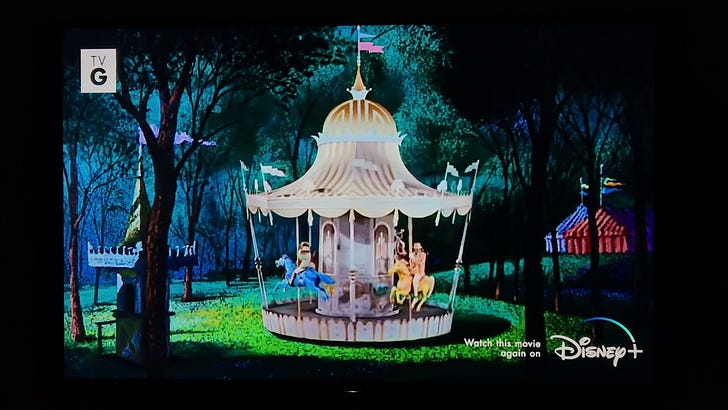


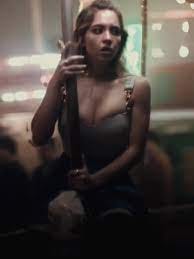
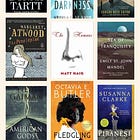
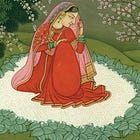
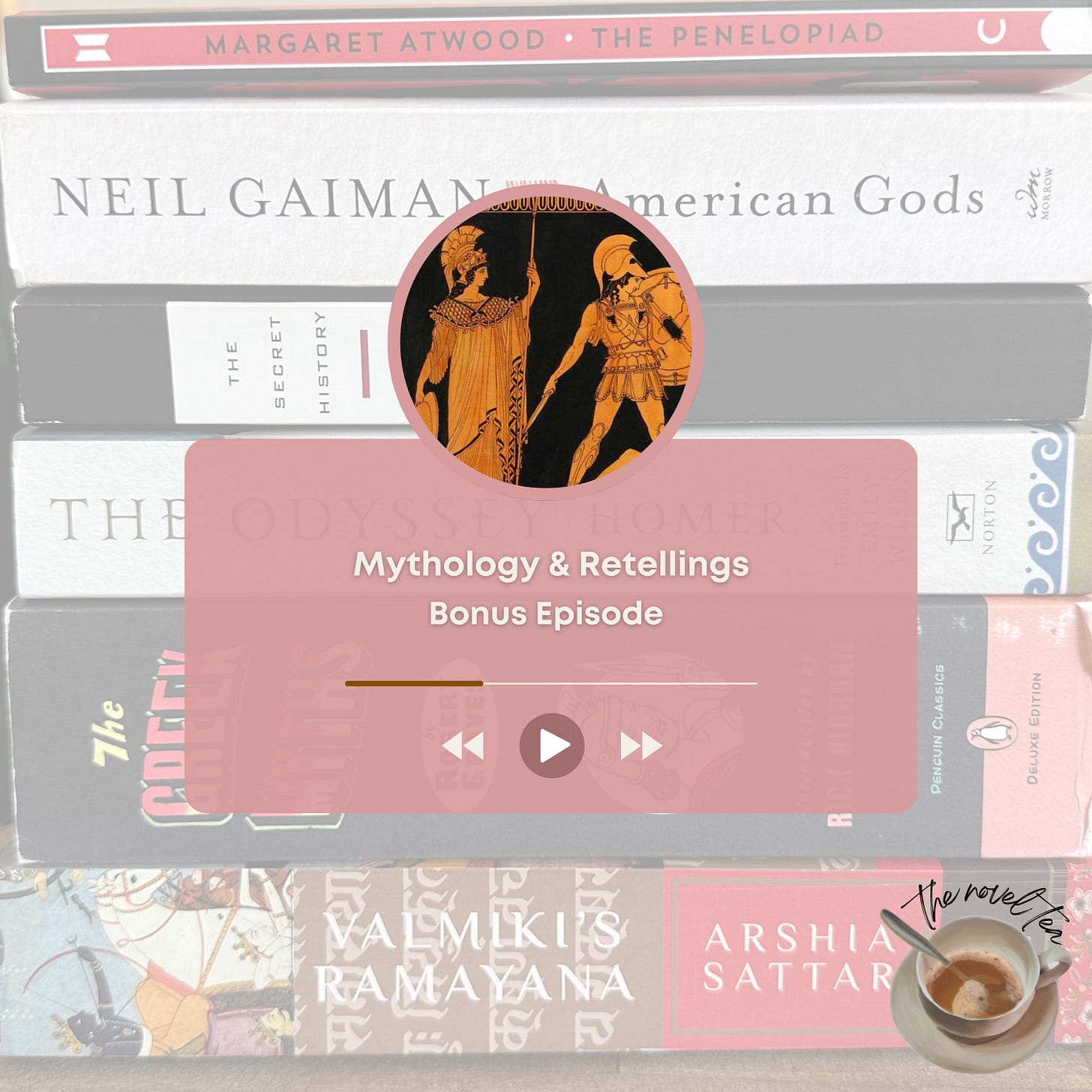
For what it's worth at this late stage (!), I only ever read the author's preferred version and came out of it feeling it was about 15000 words too long and the meeting Jesus bit was boring, self-indulgent crap. So the original cuts were probably a good thing. (Also I had no trouble with Shadow's likeability.)